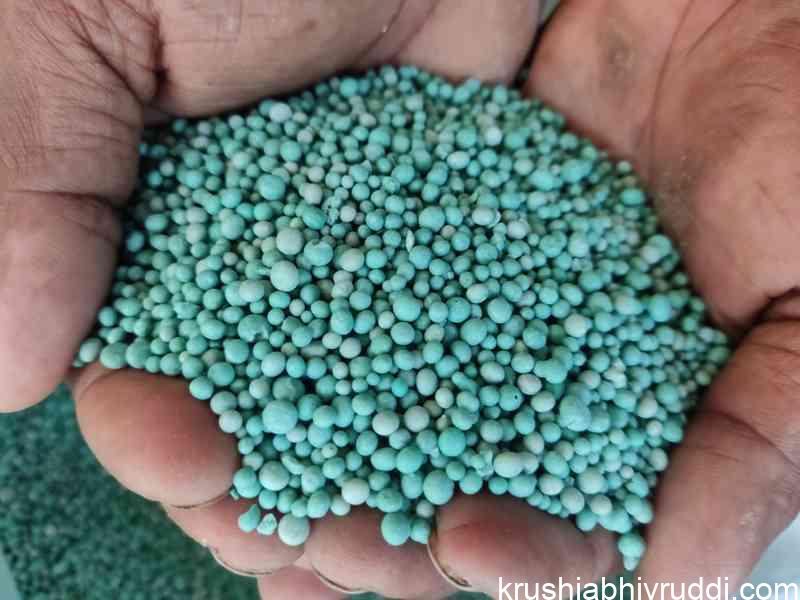Micronutrients are present in plants in amounts ranging from thousandths to hundred-thousandths of a percent and perform an essential function in vital processes.
The theoretical aspects of micronutrient application in agriculture became better known after the physiological role of micronutrients in the life of plants had been partially revealed. A major contribution to elucidating the theoretical and practical aspects of micronutrition of plants must be credited to Russian scientists.
A lack of micronutrients is responsible for some plant diseases and often causes crops to perish. Application of appropriate micronutrients not only prevents these diseases but also ensures higher yields of better quality crops.
Benefits of Micronutrients:
The beneficial effect of micronutrients stems from their involvement in redox processes, carbohydrate and nitrogen metabolism, as well as enhancing the resistance of plants to diseases and adverse environmental conditions. Micronutrients increase the chlorophyll content in leaves, improve photosynthesis, and intensify the assimilating activity of the whole plant. Many micronutrients are constituent parts of the active centers of enzymes and vitamins. The theoretical and practical studies into micronutrients currently underway are characterized by the investigators’ desire to elucidate the primary reactions involving micronutrients and to gain a better insight into the specificity of their action and the associated physiological behavior. A lot of work is being done to bring to light the agronomical role of micronutrients.
An important problem of theoretical and practical significance from the standpoint of micronutrient application is the requirements of various crops for them. For example, legumes contain much more molybdenum and accumulate two to ten times as much iron as cereals, while at the same time, they require more cobalt than other crops.
Intake of Micronutrients by Plants:
One of the criteria for an adequate supply of micronutrients to crops is their content in the soil, with emphasis shifting from the overall content of individual micronutrients to the presence of mobile forms, which to some extent determine their availability to plants. In the case of Cu, Mo, Co, and Zn, the mobile forms account for 10 to 15 percent of their overall content in the soil, the percentage of mobile boron varying from two to four.
If the overall reserves of micronutrients in the soil are primarily determined by their content in the parent rocks, the content of their mobile forms depends on the soil type, the nature of parent rocks and vegetation, and also the microbiological activity of the soil. The redox and other properties of the soil have been found to influence considerably the mobility of micronutrients and hence their availability. The effect of certain soil conditions is rather specific for different micronutrients. For instance, if acidification markedly increases the mobility of most micronutrients (Mn, Cu, B, Zn, etc.), the availability of molybdenum is minimized.
The term “mobility” has yet to receive a clear-cut definition in scientific literature. Most investigators use this term to imply all forms and amounts of micronutrients passing into any extract, be it water or a salt one, dilute strong mineral and weak organic acids, alkalis, or any other solutions, with no distinction being made in most cases between the mobile and available forms.
The lack of gradation of micronutrient contents in the soils and crops under investigation has been prompting research workers and practicing agronomists to use whatever standard reference is at hand.
Most of them are rather aggressive and tend to extract a lot more than merely available micronutrients. When the amounts of micronutrients taken up by plants were compared with those passing from the soil into aggressive extracts, it was found that plants take up less than one percent of the micronutrients extracted from the soil.
It should also be pointed out that a certain degree of caution must be exercised in estimating the available micronutrient contents in soils and giving practical recommendations because of the evidence to the effect that the content of mobile micronutrient fractions changes substantially depending on the sampling date. These changes may sometimes be so pronounced that at different points in time during the vegetation period, the soil may have high and low contents of available micronutrient compounds.
Moreover, to correctly assess the micronutrient supply to plants, one cannot disregard such complex dynamic phenomena as synergism and antagonism involving micronutrients. This might suggest that, apart from the analysis of soils for mobile micronutrient content, a better insight into the supply of micronutrients to crops can be provided by the crops themselves.











